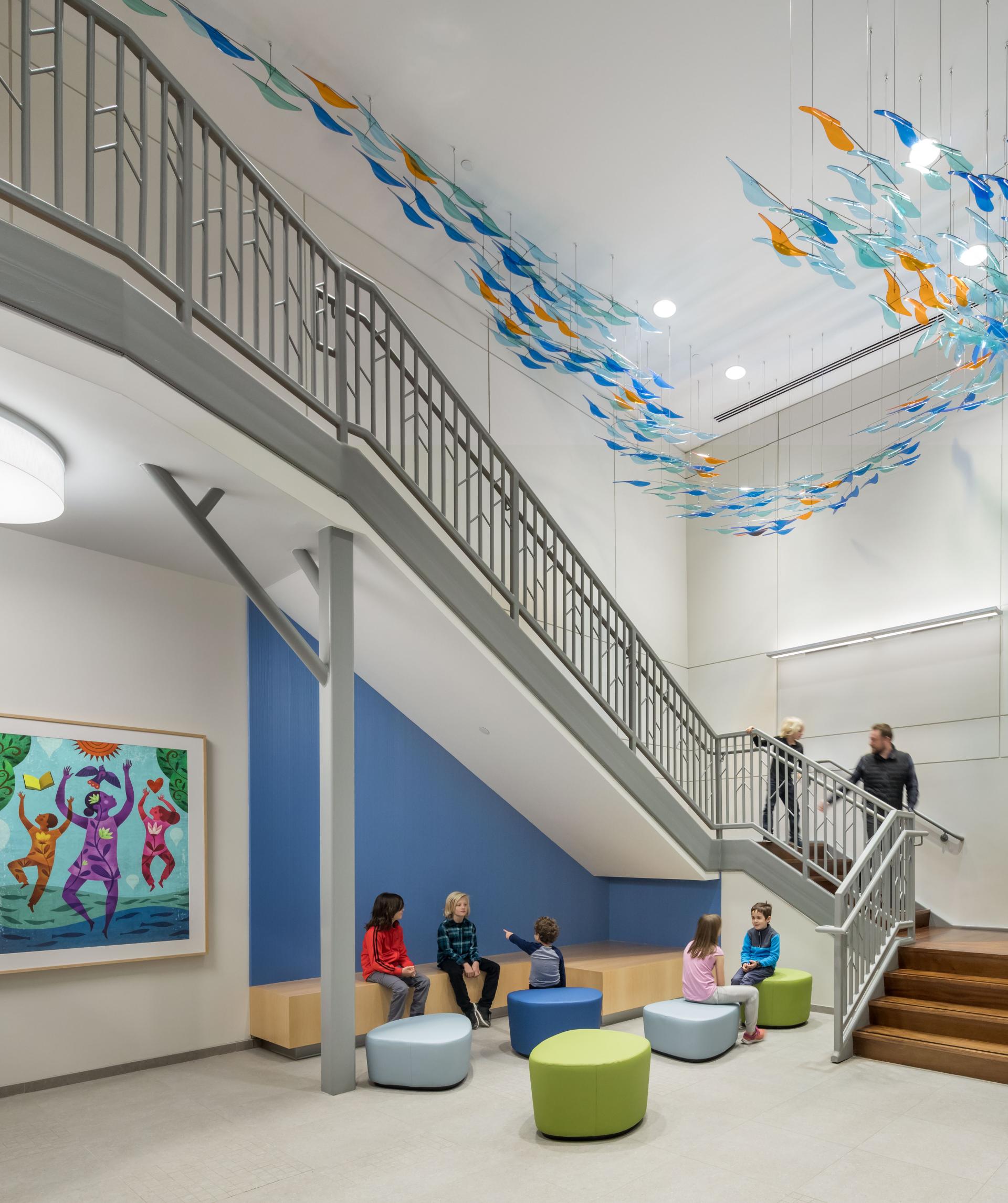

Children have the right to be respected as individuals with individual needs and the teacher-child relationship should reflect this right. With this in mind, the role of the teacher and the school is to provide a safe, child-centered environment in which children may develop to their fullest potential socially, physically cognitively, emotionally, and linguistically. The NJ Core Curriculum Content Standard and the Early Childhood Education Program Expectations: Standards of Quality require this diversity as do guidelines for developmentally appropriate practice according to the National Association for the Education of Young Children ( NAEYC). The curriculum should be diverse and offer learning experiences in math, science, social studies, writing, reading, music, art, social skills, and cultural tolerance. Therefore, the school curriculum should provide positive learning experiences that encompass various ways of learning such as visual, sensory, and auditory as well as providing an environment that is rich in different learning materials. We are not all the same we do not all have the same kinds of minds (that is, we are not all distinct points on a single bell curve) and education works most effectively if these differences are taken into account rather than denied or ignored.

This is a key component of Howard Gardners multiple intelligence theory: We believe that each child is a unique individual and that as such, individual children may acquire knowledge about the world in different ways, and in fact, may excel in different areas. The Center is dedicated to promoting research in early childhood education and development and supports these endeavors through active participation in research studies conducted at the University. The Douglass Psychology Child Study Center is a University childcare center designed to provide a wide range of enriching and recreational activities in an environment that is conducive to discovering joy in learning and developing a positive self-image for every child.


 0 kommentar(er)
0 kommentar(er)
